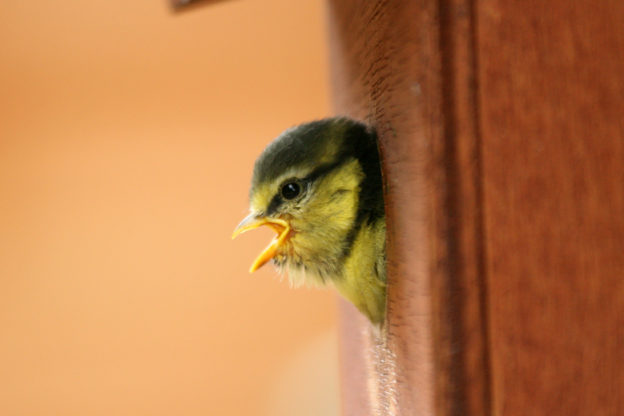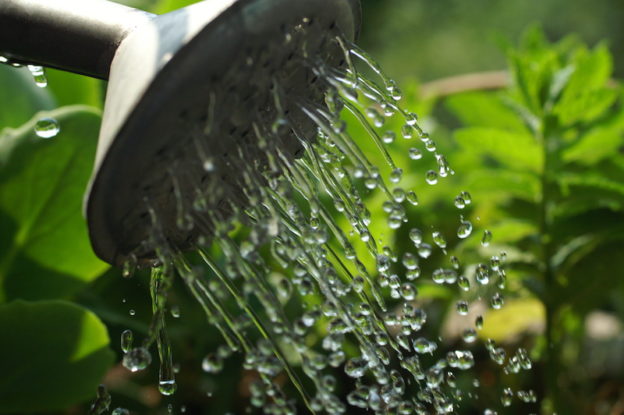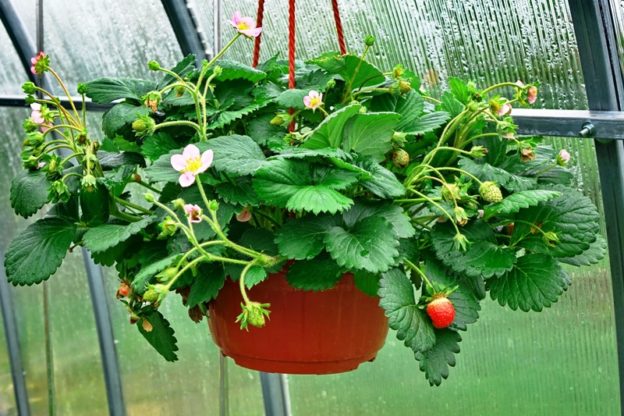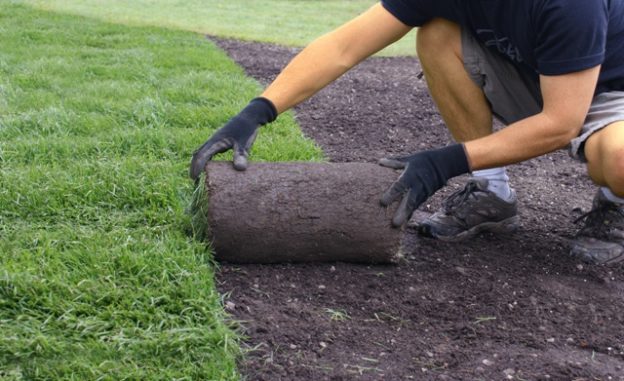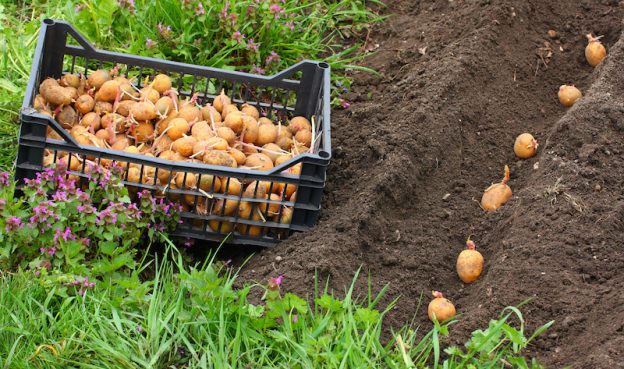Our compost guide
All plants are different
All plants have different needs with regard to composts. There are many specific types of composts that fulfil the criteria of what you are growing, however, multipurpose composts can often be adapted to work similarly. This compost guide will work through the common plants, the properties of compost that they need and how to modify multipurpose compost to do a similar job.
To sow seeds
Seeds need a fine compost to help roots spread out and with holding water properties, however not so fine that the water holding becomes water logging. It is best to put this fine compost in tiny cell seed trains.
Adapting multipurpose compost; sieve the compost to remove any coarse lumps and make it finer, also add vermiculite which is a fine particle that helps to keep roots healthy by letting air into the root zone.
To grow cuttings
You need a free draining and coarse growing media here.
Adapting multipurpose compost; to ‘open up’ compost is to make it more free draining by increasing the porosity of it. This can be done by incorporating coarse ingredients like coarse grit or perlite.
To grow house plants
A good balance of drainage is needed for house plants. Drainage that is too free can lead to the plants drying out however if the drainage isn’t free enough then accidental overwatering can easily kill the plants. There are numerous specialist composts in this area and many designed for set sub groups like cacti or orchids (see below). Luckily they all come in small bag sizes perfect for 1-5 plants.
Adapting multipurpose compost; the best combination for house plants is a ratio of 80:20 of a peat substitute or peat to perlite. Also add some fertiliser and ground limestone too.
To grow orchids
 They need a very free draining media because they are not specially adapted to living in soil and their roots are hugely sensitive to water logging. Naturally they live in the branches of trees so the best mixes are actually very chunky.
They need a very free draining media because they are not specially adapted to living in soil and their roots are hugely sensitive to water logging. Naturally they live in the branches of trees so the best mixes are actually very chunky.
Adapting multipurpose compost; to create this really coarse media you can add bark and even pieces of synthetic sponge to your multipurpose.
To grow trees and shrubs
 These require both good aeration and good drainage. Using fine compost here does not work because it is left for a long time, over this time the finer materials decompose and settle which is known to close air spaces and cause disease or even drown the roots. This is easily prevented by adding in coarse ingredients and loam.
These require both good aeration and good drainage. Using fine compost here does not work because it is left for a long time, over this time the finer materials decompose and settle which is known to close air spaces and cause disease or even drown the roots. This is easily prevented by adding in coarse ingredients and loam.
Adapting multipurpose compost; open up the compost with bark chips and also add lime and fertiliser. In this case, it may be best to go with John Innes compost which will be much easier. You can buy multi-purpose compost with added John Innes.
To grow seasonal bedding plants in pots
 This is where you don’t really need to adapt the multi-purpose compost. It does the job nicely, however you may wish to add some water retaining crystals so the compost does not dry out too quickly.
This is where you don’t really need to adapt the multi-purpose compost. It does the job nicely, however you may wish to add some water retaining crystals so the compost does not dry out too quickly.
To grow acid loving plants (like Camellias, Rhododendrons, Leptospermums, heathers etc)
 You need an ericaceous compost for these plants.
You need an ericaceous compost for these plants.

